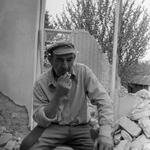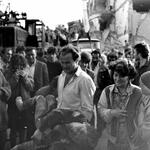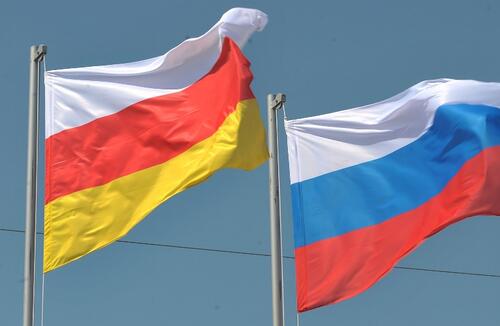1991 is, really, one of the most difficult periods in the history of South Ossetia. The "black winter", the "bloody Christmas", the beginning of the energy blockade, which killed the old and newborn babies, was followed by an equally terrible spring, which in that year did not bode well for renewal. The tragedy in Ered, in Tsinagar – the Georgian fascism over and over again showed its inhuman appearance.
On April 29, nature itself decided to test the people of South Ossetia for resilience: at 12 noon an earthquake of magnitude 9 took place in Transcaucasia. Subsequently, it will be called Racha-Javi. More than 200 people died, 150 thousand people were left without a roof over their heads. Georgia shouted to the whole world about "its" tragedy, help was coming from all over the world. The world was silent about what happened in South Ossetia. And there was no place to wait for help, although international organizations provide assistance to any territory affected by natural disasters. Only brothers - North Ossetia supported South Ossetia, humanitarian aid from Vladikavkaz began to arrive on 2 May, and Sergey and Irina Tabolov were in Dzau on the same day. The center of the Union, which was already collapsing, also helped. It would be especially noted the helicopter pilots - they came to the rescue, as every time in these difficult years.
Meanwhile, South Ossetia has not known earthquakes of such magnitude for almost a thousand years. The land opened up, having buried the high-mountainous village of Kakhet with the villagers who were at that moment. 45 lives were buried by the natural elements, entire families, women, the elderly, children. The village of Kakhet of the Sinagur selsovet completely ceased to exist. Only two villagers who were at that moment in a different place remained alive. And the world was silent indifferently. The tragedy in Kakhet will be known only after a few days.
It was in Khakhet that the epicenter of the earthquake was located. Shocks of 4-5 points were felt almost everywhere in the Caucasus - from Sochi to Baku. The village of Dzau was completely destroyed. There were fewer victims by happy coincidence - almost the entire population of the village was at the anti-fascist rally.
On April 27, two days earlier, at the emergency meeting, the Georgian parliament decided to abolish the Dzau and Znaur districts of South Ossetia. This news provoked indignation throughout South Ossetia. On April 29, the residents of Dzau gathered for a rally, he didn’t even start, when a terrible buzz rose and in a matter of seconds the administrative buildings and all the houses of the village fell like card houses.
Unfortunately, the victims could not be avoided, three children died under the ruins of the boarding school, the rest were saved. There were other victims.
All the journalists and specialists who arrived in those tragic days noted the stamina and self-control of people. Residents of Dzau will have to live in wagons and temporary structures for many years. They began to rebuild the village quite recently.
Significant damage was also caused to the housing stock of the settlement (today the town) of Kvaysa.
The tragedy of April 29, 1991 once again reminded us of the seismic-sustainable region in which we live. And that any construction - buildings, roads, bridges - should be built, taking into account the peculiarities of the territory.











